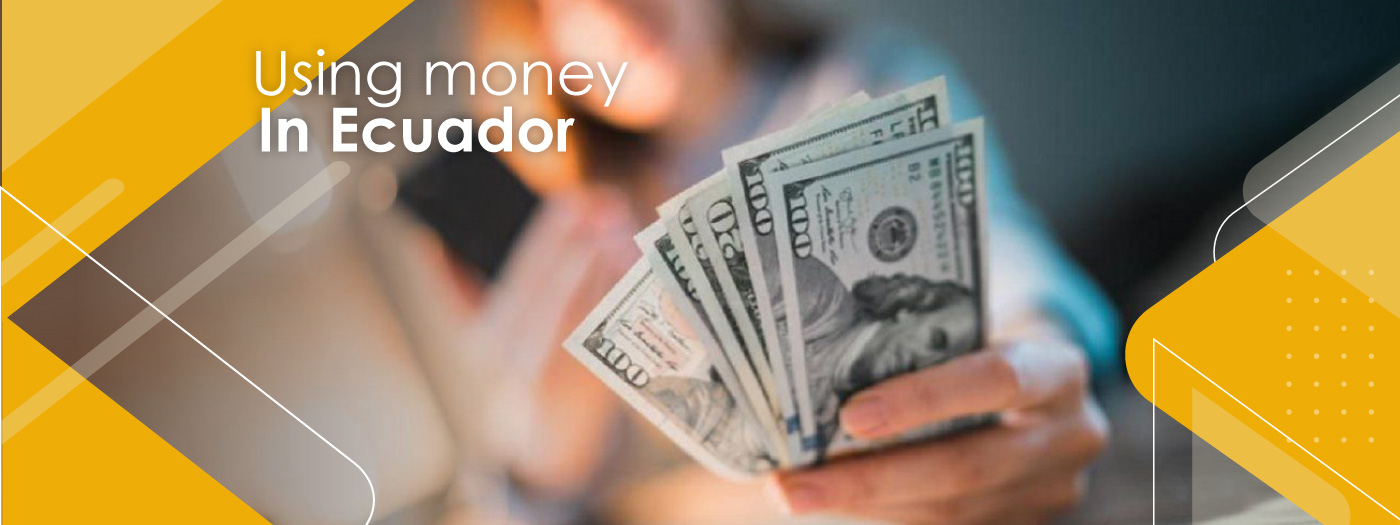
Using money in Ecuador: A guide
Ecuador is the only country in South America to use the U.S. Dollar as its currency, making it an attractive destination for travel and business. This, added to its safety, the warmth of its people, excellence of its services, and exceptional diversity make it a very attractive destination.
This guide has been designed to be consulted by travel agents and tourists alike.
1. Arrival in Ecuador - Currency Exchange
If upon arrival in Ecuador, visitors are carrying a different currency than the US Dollar, they could approach one of the following exchange houses:
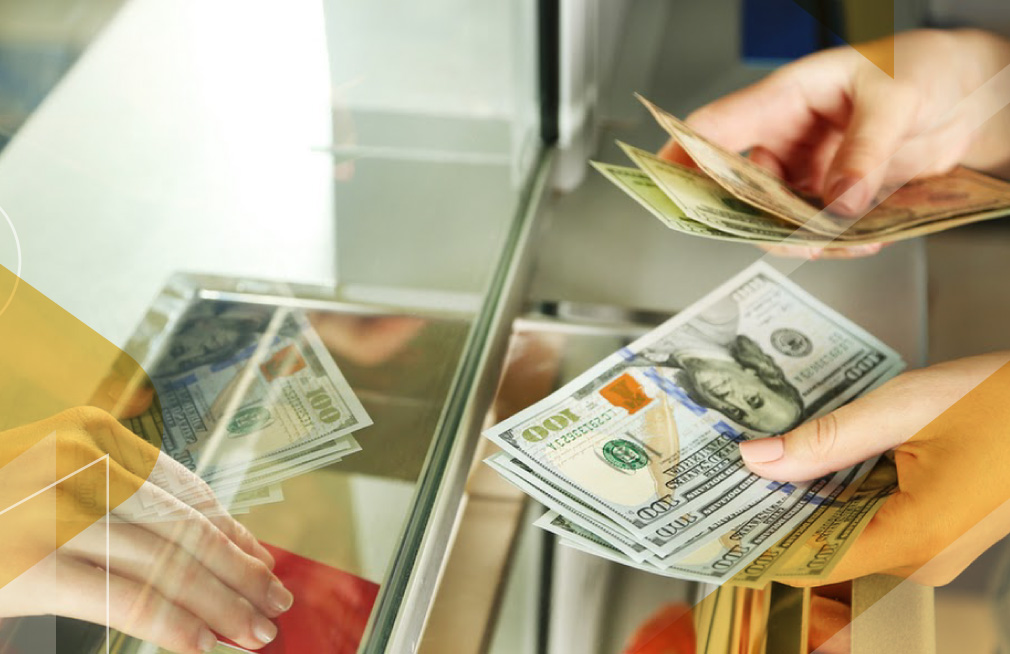
In Quito:
- Global Exchange – Location: Mariscal Sucre International Airport. 1) Floor 0 at the International Arrivals terminal (in front of baggage claim) 2) Floor 1 at the International Departures terminal (the hall with the airline counters). Opening hours: 24/7.
- Mil Cambios – Location: Avenida Amazonas y Wilson. Opening hours: 10 am to 4 pm.
In Guayaquil:
- Global Exchange – Location: Jose Joaquin de Olmedo International Airport.
1) Ground floor at Arrival terminal (in front of baggage claim) 2) High
floor at Departures terminal (next to LATAM counters). Opening hours: 24/7
Only these two exchange houses operate legally. Near Mil Cambios, in Amazonas avenue and La Mariscal neighborhood in Quito, there are other exchange houses that appear legit, but they are operated by former street money changers. Tourists might use their services at their own risk.
In both Quito and Guayaquil, there are plenty of street money changers who might offer tourists advantageous exchange rates. We strongly advise against using their services, as they might carry safety and legitimacy risks.
2. Withdrawing from ATMs
Tourists should notify their bank executive about their upcoming travel to Ecuador, so the international use of their card is activated.
ATMs can be found in virtually every city of Ecuador. Regardless of the financial institution that owns the ATM, tourists should look for the BanRed sign, which is a safe network that allows withdrawals from across local and international banks.
- Local transaction fees are low, ranging from 50 cents to $1. But overseas banks might charge around EUR 5-15 per transaction.
- The daily withdrawal limit is usually $1500, with a maximum of $500 per transaction, but this might vary according to the policies of each international bank. Tourists should consult their home bank representatives beforehand.
It might sound low, but for convenience and security concerns, carrying $100-200 at a time per person is considered sufficient and ideal*
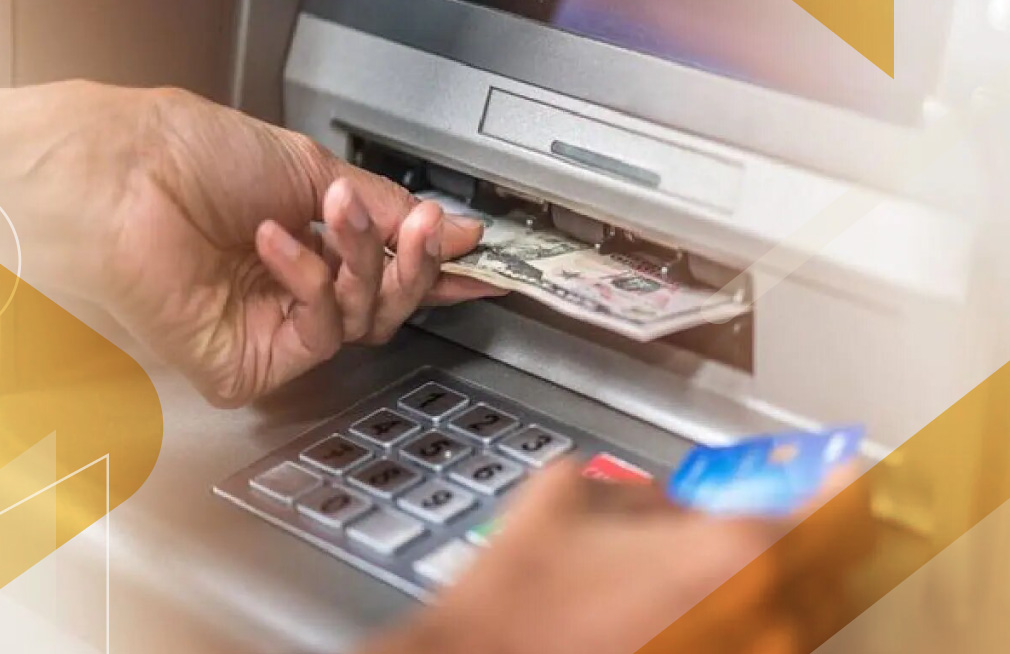
*If flying to the Galapagos, tourists should carry the double amount of money that they would in the continent, as they will need $100 to pay the national park’s entrance fee.
Besides, goods and services are more expensive than in the continent, and ATMs can sometimes run out of money.
3. Using credit cards vs. cash
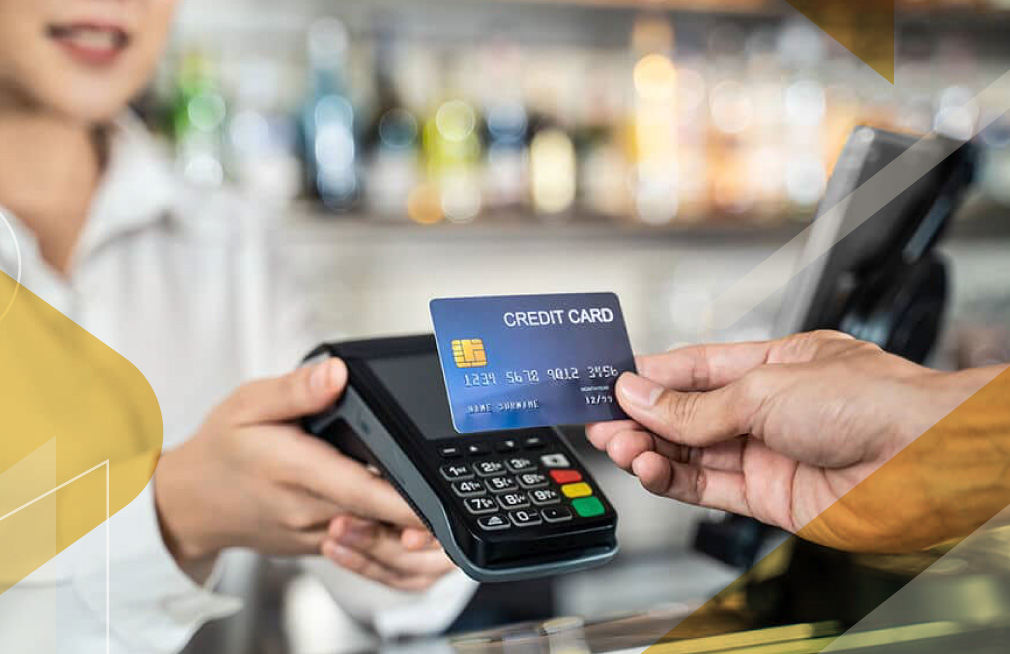
Credit card acceptance is habitual in mid-to high-range shops, restaurants, hotels, and supermarkets in Quito, Guayaquil, Cuenca, Manta, Ambato, and the Galapagos.
Visa is the most widely accepted, along with MasterCard and Diners Club. Other credit card brands are not as common but are still accepted in some hotels.
Just like with debit cards, tourists must alert their credit card issuer before their trip to Ecuador, so its international use is activated.
When paying with a credit card, the tourists might be asked “¿corriente o diferido?”, which translates as “do you want to pay in a single installment (corriente) or in various installments (diferido)?”. Either can be chosen, and the latter is useful if it is a pricey purchase!
For taxis, buses, convenience stores, and all other services provided by small or informal businesses, only cash is accepted, and preferably in small bills ($1, $5, $10, and $20). Almost no place or person will accept $50 or $100 bills.
4. Other options to pay for services
Sometimes travelers may need to book hotel stays or other services in advance to secure their reservation. For this, a 50% deposit might be requested. If using credit or debit card is not an option, tourists have the following alternatives:
- Banco del Barrio or Mi Vecino: These are bank services available at small convenience stores across the country, even in rural areas. To make deposits to local accounts at Banco Pichincha, look for Mi Vecino, and to accounts at Banco Guayaquil, use Banco del Barrio. Look for either of these brands on the storefront and ask to make a transaction, providing the name of who receives the money and its account number.
- Cajeros Multifunción (multifunctional ATMs): To deposit money to local providers’ accounts in Produbanco, Banco Pichincha, Banco del Pacífico and Banco de Guayaquil. To locate one, search in Google Maps: (name of the bank) + cajero multifunción.
Option menus are available in English. - PayPal: Simply connect your credit card to a PayPal account and your credit card payment will be transformed to cash for the seller. Every transaction is protected by advanced encryption and fraud monitoring. In case of travelers contracting services and not getting their expectations met, they can make a claim to PayPal, which in turn negotiates with the seller’s establishment to try getting a refund.
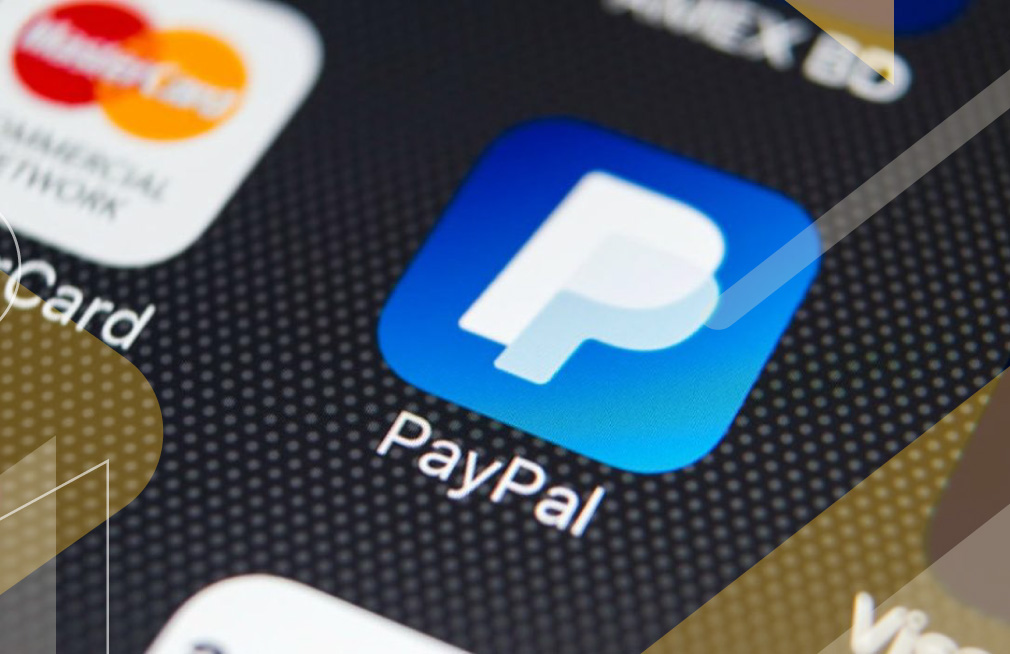
5. Average costs for (mostly) everything - Prices per person

Transportation
- Bus fares inside the city (Quito, Guayaquil, Cuenca) range from 50 cents to $1.
- There are interprovincial bus routes that travel from city to city. Note that they are not 100% reliable in terms of punctuality and quality of service.
- Quito to Guayaquil, $12.
- Quito to Tena (Amazon region) $12.
- Quito to Baños, $16.
- Quito to Cuenca, $14.
- Guayaquil to Montañita, $16.
- Guayaquil to Cuenca, $9.
- The minimum fare for a taxi ride is $1,50. An interprovincial route in a taxi would start at $120.
- Uber and Cabify are safe, slightly cheaper alternatives to yellow taxis.
- A compact sedan car can be rented for around $100 daily, a medium SUV for $200.
- The gallon of fuel fluctuates around $2,30.
Accommodation
- Hostels in the Amazon and coastal regions can cost as low as $30 per night and sometimes include breakfast.
- Hotels in Tourist category start at $50 per night, Tourist Superior at $80
- First category hotels start at $150 per night and Deluxe at $250
Meals
- A 3-course lunch (soup, main dish, and dessert) at a popular, low range restaurant costs approximately $3-5.
- A la carte meals in mid-range restaurants cost an average of $12.
- Meals at upscale restaurants start at $20.
6.Tipping information

At mid and high-range restaurants, a 10% service fee is automatically included in the bill, which is collected by the restaurant and paid to the waiters by the end of the month. Only if the tourists found the service to be extraordinary, he/she may personally tip the waiter an additional 10%. At low-range local eateries, no tip is expected. Taxi drivers neither collect tips.
If the tourist is driving and parks on the street, informal guardians may demand $1 or $2 in advance, in exchange for looking after the car. Unfortunately, this is the way some people in the cities make a living. We recommend paying half upon arrival, and the rest when leaving. Payment for car guardians should never exceed $2 per hour.
Finally, tour guides expect a daily tip of around $10-$15 per person depending on the tour. On aboard mid to high-range cruises, a $12-15 daily tip for the crew should also be planned on.
Thank you for reading. Remember that at Andean Travel Company we look forward to helping you create memorable trips tailored to your needs.
Read also:
